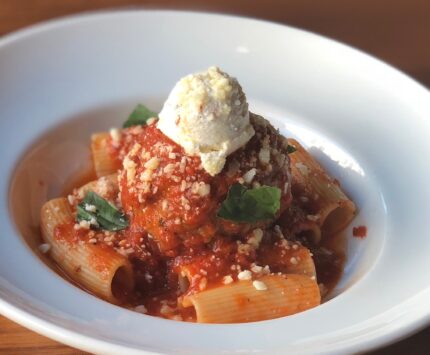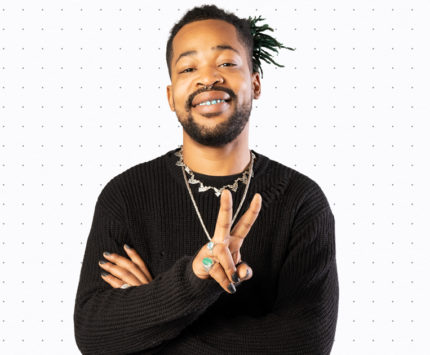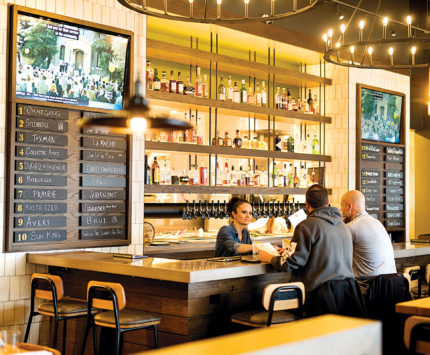How Did The NFL Combine End Up In Indianapolis, Anyway?

The NFL gets physical. Despite the regressive, cattle-market feel of the Combine, it’s a relatively new idea. In fact, prior to the 1970s, teams didn’t even give potential draft picks physicals. (Which makes sense if you’ve seen 1960s photos of pros smoking in the locker room at halftime.) But after the New York Jets started inviting college seniors to team HQ for physicals and interviews in 1976, other teams followed suit. Eventually Tex Schramm, president and general manager for the Dallas Cowboys, suggested that teams work together to make the process more efficient.
Why Indy? While we didn’t yet have an NFL team, the city was home to National Football Scouting, Inc., and in 1982, NFS conducted the first National Invitational Camp in Tampa. Three years later, the company partnered with two other scouting organizations to hold bigger camps in Phoenix (1985) and New Orleans (1986), before moving the event here in 1987.
So … why Indy? Beyond proximity to NFS offices, NFL sources have lauded Indy’s centralized location, its mid-sized intimacy, and the walkability of downtown. No doubt inertia has played a part in the Combine’s tenure as well. But there are also perks to having a long-term home base. For instance, when Lucas Oil Stadium was built in 2008, it was designed with Combine-specific amenities, including extra meeting space that could be transformed into quasi hospital rooms and fiber-optic data lines connecting the stadium directly to IU Health for real-time medical evaluation on some 600 MRIs and 1,200 x-rays.

The Combine is not just a meat market. Yes, players’ physical condition and athletic abilities are closely scrutinized through sprints, jumps, and checkups. But NFL teams are also interested in what’s between a prospect’s ears. This is gauged through administering the Wonderlic Test, a standardized exam measuring cognitive ability and problem, solving for prospective employees developed in 1936. Would-be draftees have just 12 minutes to answer 50 multiple-choice questions like: “Some gomblesteins are panganters and all panganters are gerbelsons. Are some gomblesteins definitely gerbelsons?”
The Wonderlic is notoriously difficult. The only player ever to score 50 was a future Pro Bowl punter from Harvard named Pat McInally. Future Colts first-round pick (and legendary bust) Jeff George scored a 10. Stanford grad Andrew Luck notched a 37.
More and more, the combine is about entertainment. The NFL is always looking to boost its profile, and just last year, it moved many of the on-field drills that are usually conducted in the morning to afternoon and prime time to draw a bigger TV viewership. Fans can actually attend and watch athletes bench press, dash, and leap in person. (And before you laugh at the notion, remember that fans line up for 4 to 6 hours to get into the NFL Draft just see a player stand onstage and hold his team’s jersey.)
The growing spectacle is one reason why the Combine might leave. The event is only contracted to stay in Indy through 2021, with an option through 2025. With fan interest apparently growing, along with the economic impact, it’s not difficult to see why other cities would be interested in hosting and why the league might want to turn it into a traveling show, like the NFL Draft and the Super Bowl.





